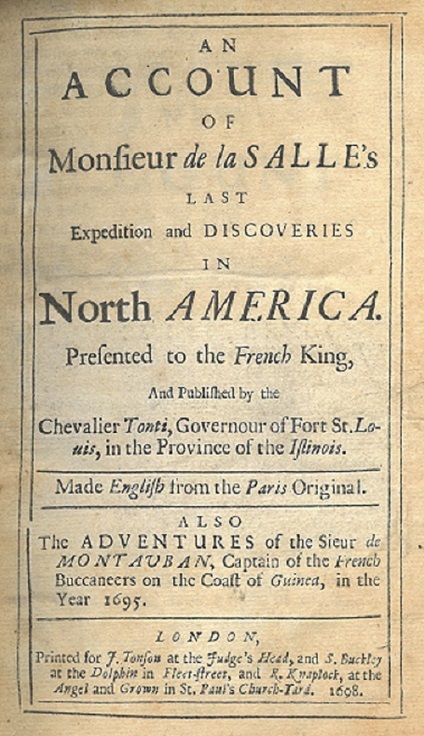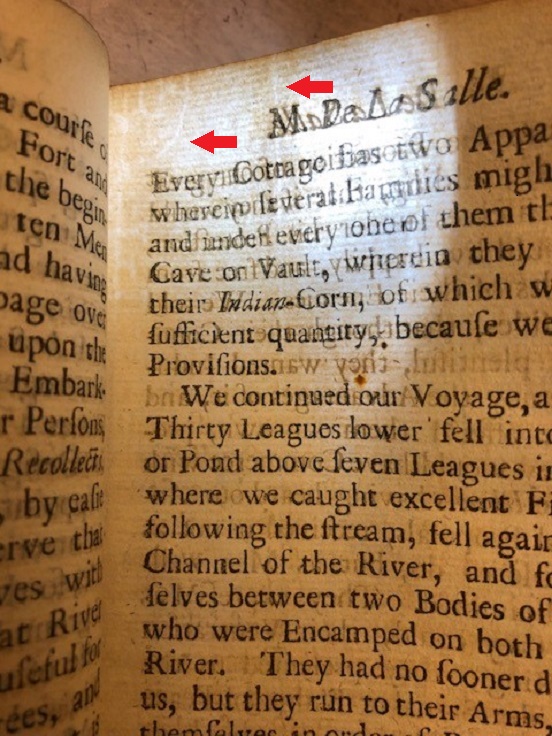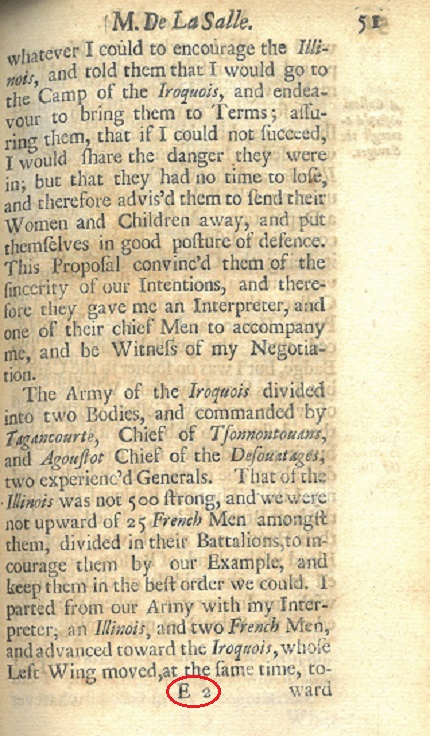
Plan your visit
From The Cataloger’s Desk: Return to Rare Book School, Part I
September 27, 2021

During the first week of August, I was fortunate to attend Rare Book School for the second time. In June 2019, I spent a week at the University of Virginia, Charlottesville, taking the “Rare Book Cataloging” course. It was an incredible experience, chock-full of lessons, lectures, hands-on practice, and various outings in and around UVA’s beautiful campus. This year, however, Rare Book School was quite different due to the pandemic and its lingering effects. Instead of in-person courses and programs, everything was offered virtually. I cannot imagine how challenging it was for everyone at Rare Book School, especially faculty and staff, to adapt to this new format. Everyone did a stellar job, though, and for me, the experience was just as exciting and rewarding the second time around.
This year, I participated in the “Descriptive Bibliography: The Fundamentals” course, taught by David Whitesell, Curator at the Albert and Shirley Small Special Collections Library at the University of Virginia. Although descriptive bibliography and rare book cataloging are two separate entities, there are some similarities and crossovers. I have always found the study of books as physical objects to be fascinating. How was the paper made? How were the books printed? How were they assembled and bound? Upon close examination, books usually offer up the answers to most of these questions, especially if they were printed during the hand-press period (approximately 1450-1800). You just need to be on the lookout for certain clues and patterns.
In “Descriptive Bibliography: The Fundamentals,” we focused on the following elements of a basic bibliographic description: format, collational formula, statement of signing, number of leaves, and pagination statement. In this blog post, I will endeavor to explain format, collational formula, and statement of signing, all of which I plan to include in some of my cataloging work in the future. The book I will be using to illustrate these elements is the Indiana Historical Society’s copy of An account of Monsieur de la Salle’s last expedition and discoveries in North America … (London: 1698).

Title page of An account of Monsieur de la Salle’s last expedition and discoveries in North America … (London: 1698)
In his course, David explains that “format refers to the number of pages intended by the printer to fill one side of the sheet of paper chosen for printing a book, i.e. the number of pages in each printing forme: 2 pages = folio; 4 pages = quarto; 8 pages = octavo; 12 pages = duodecimo; 18 pages = octodecimo.” Fortunately, there are pieces of evidence that can help us identify the correct format of our book. First, we should look for chain lines. These are the widely spaced lines visible in the texture of laid paper and were created by the wire mesh at the bottom of the tray in which the paper was made. Are they vertical or horizontal? Second, we should look for the position of the watermark (if we can find it!). This is a distinguishing mark or device that was incorporated into the wire mesh of the tray in which the pulp settled during the process of papermaking and is sometimes visible when held against light. Where is it located? In the middle of the leaf, in the middle of the spine fold, at the head of the spine fold, or at the fore-edge of the leaf? Finally, we must try to determine how many leaves are in each gathering. A gathering refers to the group of leaves formed after the printed sheet had been folded to the size of the book and before it was collated. Are there 2, 4, 6, 8, 10, etc.?

Partial watermark at the head of the spine and vertical chain line are visible when held against light.
In An account of Monsieur de la Salle’s last expedition and discoveries in North America …, the chain lines are vertical, the watermark is located at the head of the spine, and there are 8 leaves per gathering. Based on this evidence, as well as an evaluation of the size of the leaves, we can confidently state the format of our book is octavo (also described as 8°). Next comes the collational formula and statement of signing, which in some cases, look more like a complex algebra equation than anything having to do with a book!
David defines collational formula as “a concise statement of the structure of a publication, i.e. the order, folding, and signing of the printed sheets, and any alterations made to those sheets by the printer in order to achieve an ideal copy.” He goes on to explain that this requires us to systematically look through the book, leaf by leaf, and identify patterns, as well as any breaks in those patterns. We must look carefully at the signatures, which are the letters or numbers printed in the tail margin of at least the first leaf of each gathering or section of a book and were used as a guide to the binder in assembling it correctly. The statement of signing describes the general pattern in which leaves in each gathering are signed, as well as any exceptions to that pattern or errors in signing.

Signature circled in red. This is leaf E2 of gathering E.
In An account of Monsieur de la Salle’s last expedition and discoveries in North America …, the signatures are alphabetical, using the letters B-R. The letter A is implied in the first gathering of unsigned leaves (therefore it will be placed in brackets), and the letter J is excluded (the printer’s alphabet consisted of 23 letters and therefore excludes I or J, U or V, and W). As I mentioned earlier, there are 8 leaves per gathering in our book. The first 4 leaves of each gathering are signed (B, B2, B3, B4 … C, C2, C3, C4 … D, D2, D3, D4 … etc.). The pattern is fairly straightforward; however, there are two obvious breaks that occur: (1) there are only 2 leaves in the [A] gathering (as opposed to 8), and (2) in the P gathering, leaves P2 and P3 are unsigned. Based on this information, we can confidently state the collational formula for our book is [A]2 B-R8, and the statement of signing is [$4(-P2,3) signed]. In other words, the first 4 leaves of each gathering are signed, except for leaves P2 and P3.
Put everything together, and so far, we have the following elements of our basic bibliographic description: 8°: [A]2 B-R8 [$4(-P2,3) signed]. Feel like you’re back in math class yet? Next time, we’ll delve into number of leaves and pagination statement. Stay tuned!
Sources:
Bowers, F. (1994). Principles of bibliographical description. Oak Knoll Press.
Carter, J., & Barker, N. (2004). ABC for book collectors (8th ed.). Oak Knoll Press.
Gaskell, P. (1995). A new introduction to bibliography. Oak Knoll Press.
Whitesell, D. (2021, August 2-6). G-10b Descriptive bibliography: The fundamentals [PowerPoint slides].









